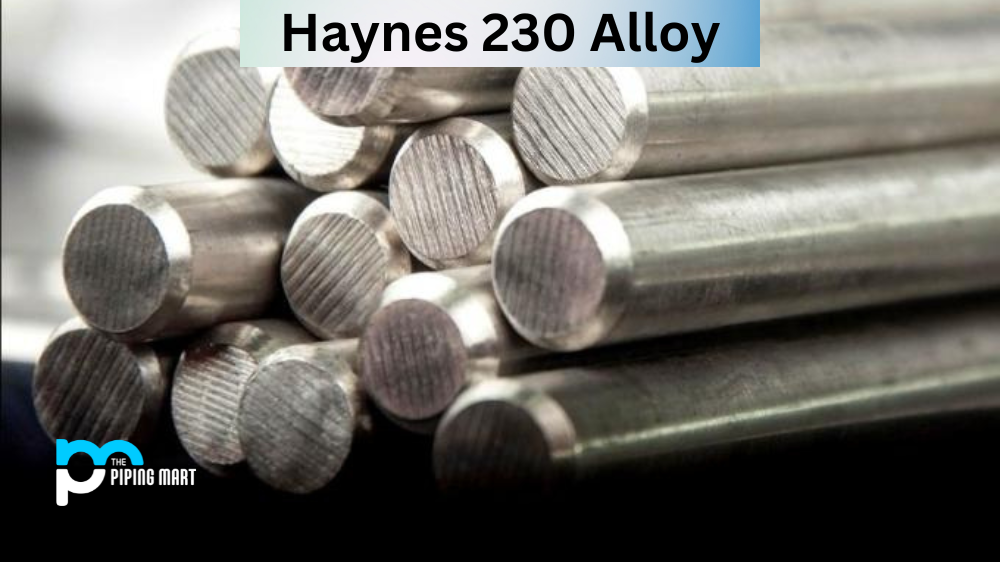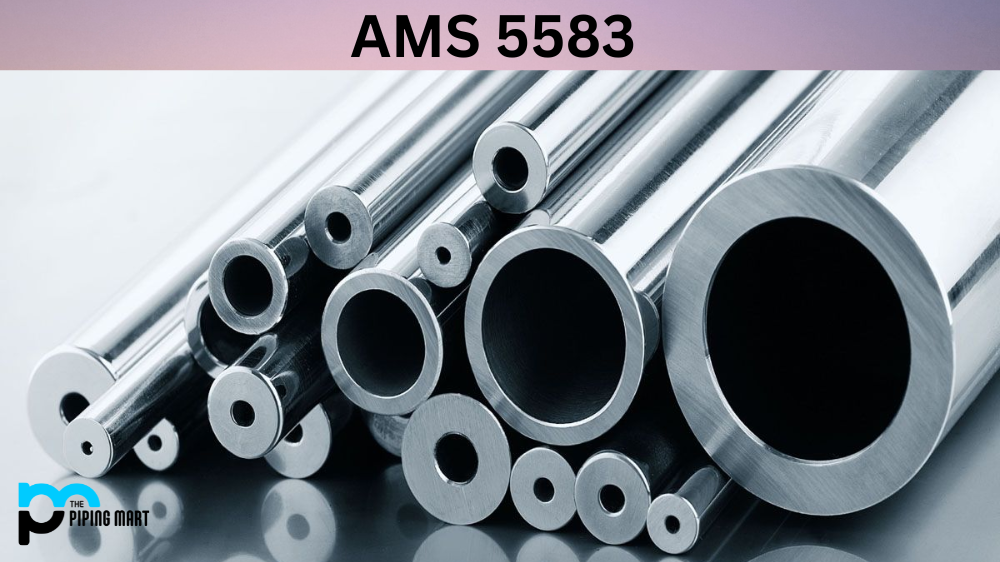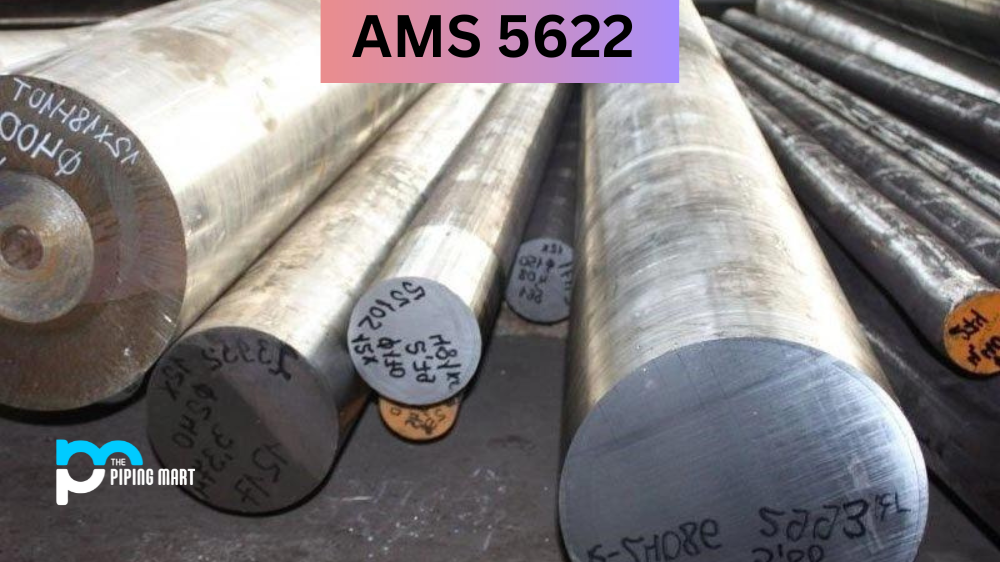Steel is a vital component in many areas of industry and manufacturing. UNS G10160 steel is an excellent choice for those desiring a strong, durable product with high usability. In this blog post, we’ll discuss the key characteristics and properties of the material – from composition to heat resistance and more – so that you can make an informed decision about whether it’s suitable for your project.
What is AISI 1016 Carbon Steel?
UNS G10160 steel is a low-carbon alloy with manganese, phosphorus, sulfur, silicon, and copper. Its mechanical properties include tensile strength, yield strength, elongation at break (in %), Hardness – Brinell (HBW), reduction in area (%), Charpy impact test (V-notch) etc. The chemical composition of SAE/AISI 1016 steel varies slightly depending on the specific grade but typically includes carbon (0.16%), manganese (0.75%), sulphur (0.04%) and phosphorus (0.05%). It also features good levels of copper (0.20%) and silicon (0.50%).
AISI 1016 Carbon Steel Composition
UNS G10160 is an alloy of carbon and iron with only trace levels of manganese, phosphorus, sulfur and silicon. It has a good balance of strength, ductility and hardness, making it a popular choice for many applications requiring these properties. AISI 1016 typically has a carbon content of 0.14-0.20% and its high mechanical properties make this material especially suitable for parts such as gears, pins and rods that require forming and welding. Additionally, because it can be easily cold-formed or worked into desired shapes, AISI 1016 is highly valued as a raw material in manufacturing several industrial products ranging from heavy machinery to hand tools.
| Element | Content (%) |
|---|---|
| Iron, Fe | 98.13-99.58 |
| Manganese, Mn | 0.60-0.90 |
| Carbon, C | 0.12-0.18 |
| Sulfur, S | ≤ 0.050 |
| Phosphorous, P | ≤ 0.040 |
AISI 1016 Carbon Steel Chemical Properties
The chemical properties of UNS G10160 have led to its widespread use in various industries. This steel has desirable mechanical and machining characteristics, even in the normalized condition and is noted for its good ductility and weldability. It also offers excellent surface finish options like bright drawn, acid pickled, grinding, polishing and more. What sets this steel cutlery grade apart from others, however, is its impressive chemical composition; it features a carbon content of 0.13-0.18%, manganese contents up to 0.60-0.90%, sulfur content at .04% max, phosphorus .04% max, along with low to very low levels of silicon and impurities from metals or nonmetals in general. This combination makes it ideal for applications demanding uniformity & resistance to corrosion.
AISI 1016 Carbon Steel Mechanical Properties
UNS G10160 is one of the most versatile steels available because of its mechanical properties. It has a low cost, high strength-to-weight ratio and is moderately machinable, allowing it to be useful in various metalworking applications. The hardening capacity of AISI/SAE 1016 makes it an ideal choice for use in tools, engine parts and other components that may have to bear cold temperatures or heavy loads. Additionally, AISI/SAE 1016 can be easily welded and forged down to lower thicknesses than standard steel, allowing for highly intricate shapes and designs. For these reasons, AISI/SAE 1016 is popular in many metalworking industries.
| Properties | Metric | Imperial |
|---|---|---|
| Tensile strength | 420 MPa | 60900 psi |
| Yield strength | 350 MPa | 50800 psi |
| Bulk modulus (typical for steel) | 140 GPa | 20300 ksi |
| Shear modulus (typical for steel) | 80.0 GPa | 11600 ksi |
| Elastic modulus | 190-210 GPa | 27557-30458 ksi |
| Poisson’s ratio | 0.27-0.30 | 0.27-0.30 |
| Elongation at break (In 50 mm) | 18.00% | 18.00% |
| Reduction of area | 40.00% | 40.00% |
| Hardness, Brinell | 121 | 121 |
| Hardness, Knoop (converted from Brinell hardness) | 140 | 140 |
| Hardness, Rockwell B (converted from Brinell hardness) | 68 | 68 |
| Hardness, Vickers (converted from Brinell hardness) | 126 | 126 |
| Machinability (based on AISI 1212 steel as 100 machinability. The machinability of Group I bar, rod, and wire products can be improved by cold drawing.) | 70 | 70 |
AISI 1016 Carbon Steel Physical Properties
UNS G10160 is an excellent choice of material as it has various physical properties that make it ideal for multiple engineering applications. It is composed mainly of carbon and contains sulfur, manganese and phosphorus, which help increase its strength. The tensile strength can range from 270 MPa up to 480 MPa depending on the heat treatment process used. It boasts a very high elongation rate after fracture, ensuring over 15% elongation at half its yield strength. This makes SAE / AISI 1016 an excellent choice for applications requiring superior toughness and ductility with minimal weight gain due to its low specific gravity. With these traits in mind, 1016 is perfect for many fabrication projects in both industrial and commercial settings.
| Properties | Metric | Imperial |
|---|---|---|
| Density | 7.87 g/cm3 | 0.284 lb/in³ |
AISI 1016 Carbon Steel Equivalent
| ASTM A108 | ASTM A29 | ASTM A510 | ASTM A513 |
| ASTM A548 | ASTM A549 | ASTM A576 | ASTM A659 |
| SAE J403 | SAE J412 | SAE J414 | ASTM A545 |
| MIL SPEC MIL-S-866 |
AISI 1016 Carbon Steel Uses
UNS G10160 is an economical, general-purpose steel with most properties necessary for a wide range of industrial and commercial applications. This versatile steel combines reasonably good strength and ductility with ease of fabrication. It can be rolled into shapes such as sheets, pipes, tubes, bars, wires, and more. Common uses of this steel include tools and dies, machine parts, automotive components such as bearings, bushings, axles, spindles and springs, and other elements that require enhanced tensile strength or corrosion resistance. SAE / AISI 1016 is also suitable for riveting purposes when greater strength than that obtainable from commercial soft steel is needed.
Corrosion Resistance & Heat Treatment
SAE/AISI 1016 steel has excellent corrosion resistance due to its higher chromium and chromium carbide formation levels, which help protect against oxidation or rusting from moisture or other environmental conditions. The material can also be heat treated by quenching or tempering processes for increased hardness or improved machining properties when needed for certain applications.
Machining
The material can be easily machined using conventional methods such as drilling, tapping or milling due to its good ductility and low hardening rate compared to other steels in its class.
Welding
Welding can be done using standard techniques such as MIG welding but should be done with caution due to the risk of cracking if cooling rates are too slow during welding processes.
Conclusion
SAE/AISI 1016 steel is an excellent choice for applications requiring strong yet malleable materials with superior corrosion resistance capabilities than most other steels in its class. Its wide range of uses makes it ideal for machining into components, while its higher levels of chromium provide ample protection against oxidation over time. With careful welding practices and proper heat treatment processes, this material can provide reliable performance in even the harshest environments without sacrificing quality or safety standards during application integration or use down the line. With these qualities in mind, it’s easy to see why SAE/AISI 1016 is gaining popularity across various industries, from construction to automotive manufacturing!

Meet Bhavesh, a seasoned blogger with a wealth of knowledge and experience. From metal products manufacturing to retail, Bhavesh has a diverse background in various industries and is dedicated to sharing his insights and expertise with readers.




